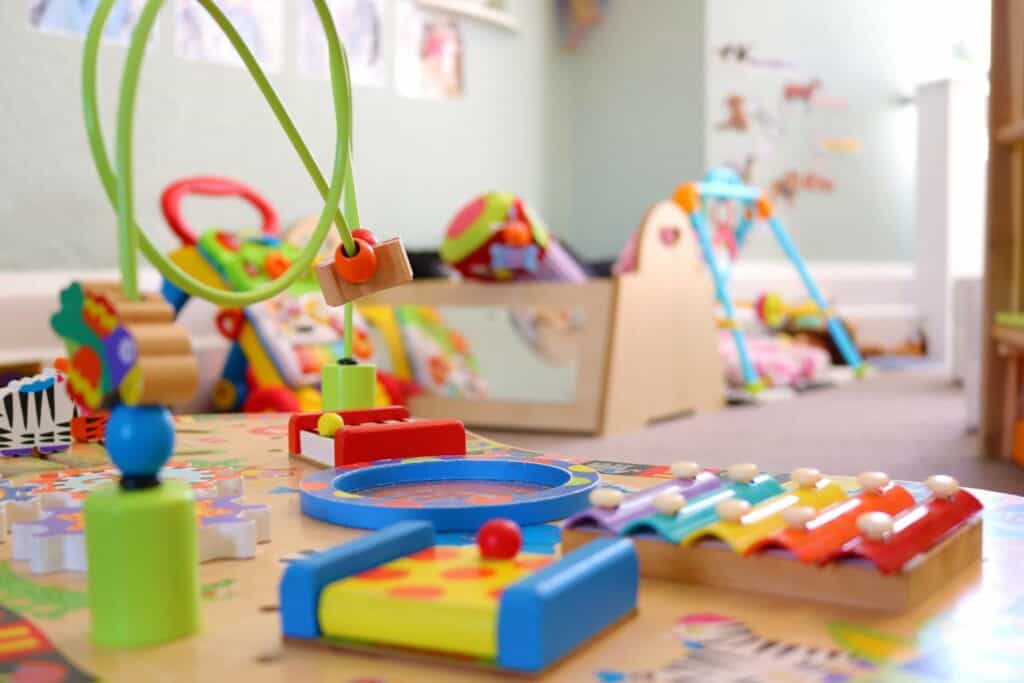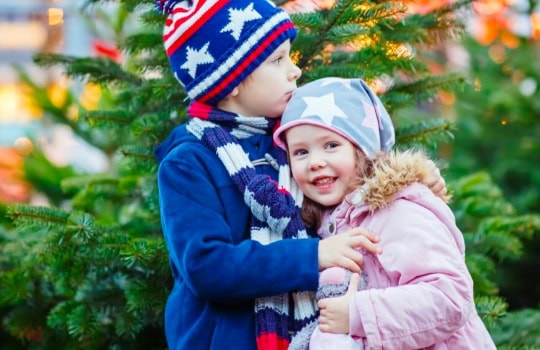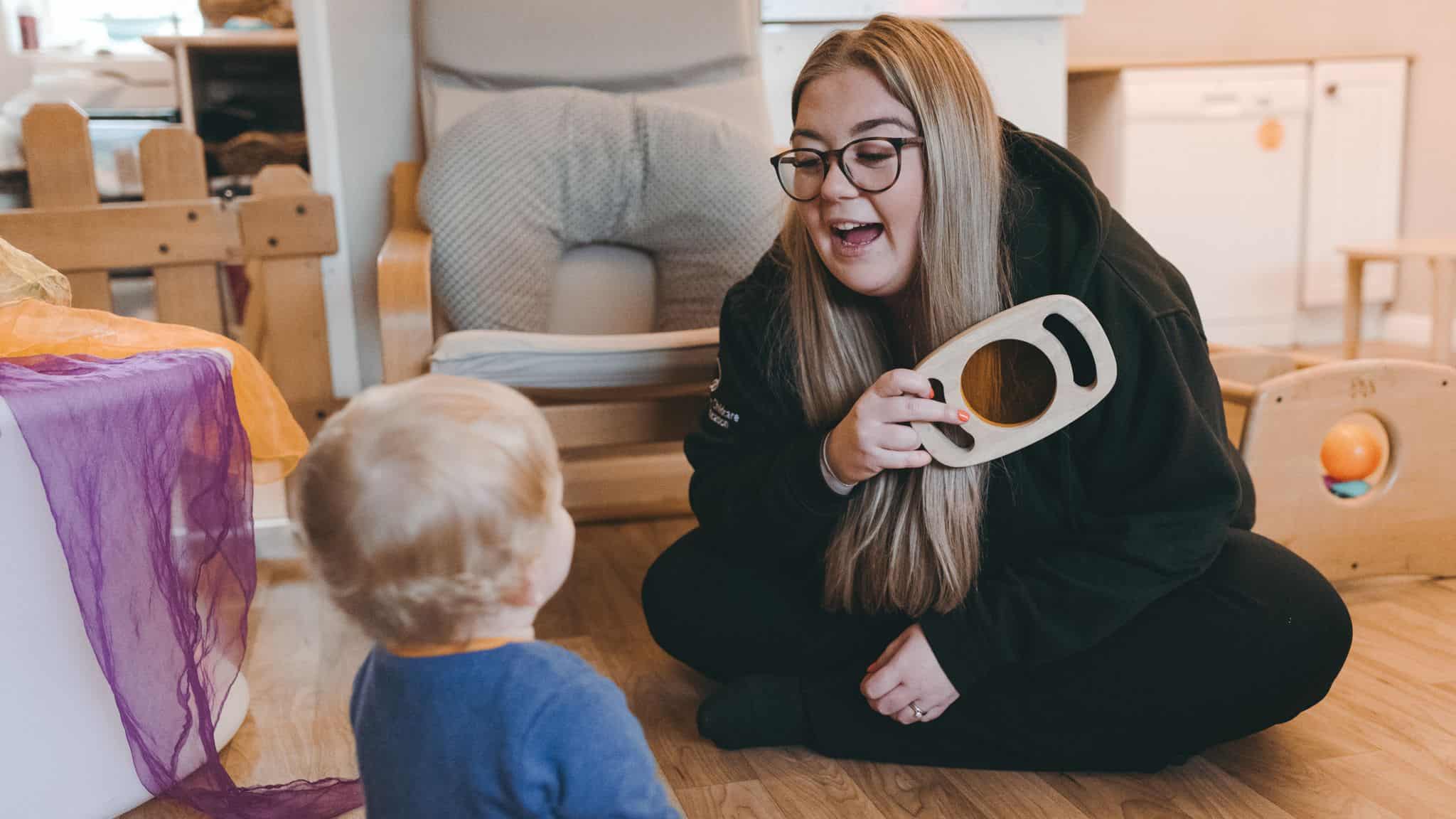Self-Regulation: What it is and Why it is so Important in the Early Years
Last Updated on April 7, 2025
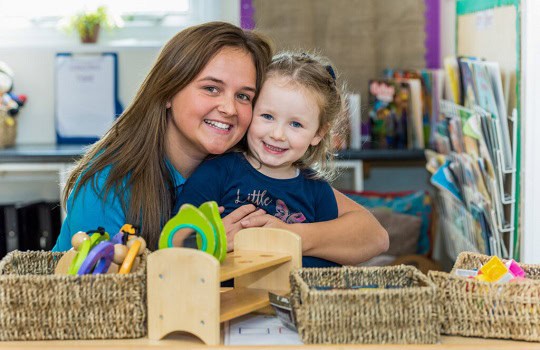
The term Self-Regulation is now commonly used in both Scottish and English early years frameworks. But what does it mean?
Self-Regulation refers to the ability to choose how we respond to certain situations and is an important skill for human beings to develop, and with all development, this starts in the early years.
What Self-Regulation Refers to
Self-regulation is a method for understanding and managing your emotions and helping us to recognise overwhelming emotions such as anger, fear, frustration and stress and having strategies to overcome them and bounce back.
Broadly speaking 10 attributes of self-regulation are:
- Awareness of your own feelings and behaviours
- Self-soothing/bouncing back from upset
- Being able to curb impulsive behaviours
- Being able to concentrate on a task
- Being able to ignore distractions
- Behaving in ways that are pro-social (like getting along with others)
- Planning
- Thinking before acting
- Delaying gratification
- Persisting in the face of difficulty
Self-Regulation is not Self-Control
Self-Regulation is very different to self-control. Self-control is inhibiting impulses. When we teach children to inhibit their impulses they may stop through fear, but they will still have those feelings internally that will manifest later somewhere down the line; this may be days, weeks or even years.
Self-Regulation refers to how we manage stress and helps us transition to a healthier way to deal with this and understand it.
These skills are vital to us leading fulfilling and successful lives.
The Brain and the First Five Years
To begin to understand Self- Regulation, we must first understand how the brain works.
The period between birth and five years old is a sensitive period for children’s developing brains. In other words; the experiences children have during this time have a huge and significant impact on their developing brain. It’s a crucial time for acquiring attachments, physical skills and communication and language skills.
During this time children begin to become more aware of their emotions and develop the strategies to deal with these feelings as appropriate, but we must not expect this to happen overnight. The reason children go through what we might refer to as ‘Terrible Twos’ or ‘Toddler Tantrums’ is perfectly natural as they are experiencing more and more that challenges their emotions but have not yet developed the parts of their brain that help to regulate them (‘Self-Regulation’) effectively.
To put this into perspective, 90% of brain growth takes place by the age of 5, while the last 10% spans over the next 20 years.
The brain consists of the upstairs brain and the downstairs brain but in effect you can split it into three sections:
Reptilian Brain (The Brain Stem)
This is the part of the brain that keeps you alive your bodily functions such as breathing, digestion and keeps your heart beating without you even noticing!
The Limbic brain (The Emotional Brain)
This is the next part still in the bottom half region. There is the Hippocampus, this deals with memory and the Amygdala, this is referred to as the ‘panic button’. The amygdala is so important when urgent decisions induced by stress need to be made. The limbic region is where your attachments are made.
The Cortical Regions
This part of the brain helps you to rationalise, plan and control your body. It deals with empathy and helps you to be aware of others.
It is the last part of the brain to grow and the very front part, the prefrontal cortex, doesn’t fully develop until you are 26 years old.
The brain is built upwards so you can see how children will be functioning on a daily basis from that limbic region as that will be developed when the more rational brain isn’t yet. Children’s actions will be driven by feelings, attachments, wants and needs.
The downstairs brain develops first which is why children respond emotionally and instinctually rather than with rational thought as their upstairs brain is not yet fully developed. To expect them to do this is to expect the impossible!
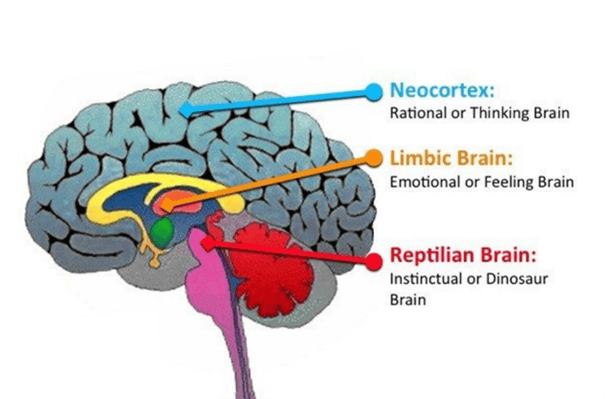
What We Can do to Support Children’s Self-Regulation Skills
In Thrive Childcare and Education, we have been working with Dr Mine Conkbayir, an award winning author and trainer, over the last few years to develop our understanding of Self-regulation and how we can be good Co-Regulators (adults supporting children’s Self-Regulation skills) in order that we can enable children’s Self-Regulation skills to develop.
What We Have Been Doing in Nursery
We have been working hard reflecting on our environments and activities to ensure that these promote calm and make children feel safe and secure. We know that naturally because of their age and stage, young children may be easily triggered, entering into a state of stress. We have one job when children are experiencing a heightened state of emotion and that is to help children regulate their feelings and bring them back down to a state of calm:
Some of the strategies we now commonly use are:
Name it to Tame it
Acknowledging children’s feelings are real and naming them for them has a powerful effect and can diffuse instances that might otherwise escalate. We know that children’s ‘tantrums’ or challenging responses are as a result of them feeling unsure or frustrated and so saying things like “I see you are feeling sad about that, I understand” “I know it feels frustrating that we need to go inside for lunch now” helps children begin to recognise those feelings in the future. This empathetic strategy reassures children that they are safe and understood thus laying the foundation for them to better cope with these frustrations when they occur in future.
Spaces of Calm
Making sure that in all of our rooms there is a cosy space that children can go and curl up and be calm if they are feeling overwhelmed. This might include books, sensory toys, ear muffs, a blanket and anything else that adults think might help individual children to return to a state of calm.
Breathing Techniques
Teaching children about the importance of deep breathing as a means to regulate both body and the brain after physical exercise or when they begin to feel stressed. Given them resources such as our breathing stars is a good tool to use.
Maximizing opportunities for outdoor play and physical activity throughout the day
We have for many years now been committed to ensuring children are moving for a minimum of 3 hours per day in line with government requirements by reflecting on how we can make many of our educational activities more physical and reducing the amount of time children are expected to sit down.

Reduce Frustration by Planning Ahead and Pre-Empting What Might be Stressful Situations for Children
We reflect on what might be difficult or challenging moments for young children dependant on their age and stage and not expect them to be able to do things that emotionally they are not ready for.
Things to consider:
- Making children wait, sit and listen for long periods of time is not realistic for them as they are still developing the parts of the brain that help them understand why this might be necessary. Planning our own time as adults to be better organised and reducing unnecessary waiting times throughout the routines of the day will ensure we don’t set children up to fail
- Ensuring that toys and resources available allow children to lead their own learning by experimenting, exploring and testing their skills. These resources are referred to as ‘open-ended’ resources
- Sometimes children simply feel stressed because they have a lot of energy and they need to use it, so planning in time for them to be energetic, make big movements and loud noises really helps
- Children are still developing the concept of time so transitions between routine times of the day such as lunch time, change of activity or home time can be times where children feel a little more vulnerable, especially if they aren’t given notice that things are going to change. Us adults need to ensure we aren’t too busy with routine tasks during this time that we don’t notice children’s little cues and triggers that they are becoming overwhelmed
What We Adults at Home and at Nursery Can do to Help When Children are Struggling with their Emotions and Feeling Anxious or Stressed:
- Stay calm
- Acknowledge children’s feelings as real
- Stay with or near the child (if they don’t want anyone to hold them)
- Use calming tones when talking and know when not to talk and just hold space with them
- Offer comfort when the child is ready
- Help direct them to a space of calm where possible as they might be overwhelmed by noise, lights or a busy atmosphere
- Wait until the child has returned to a calm state before talking to the child about what happened in a way that is supportive and nurturing







